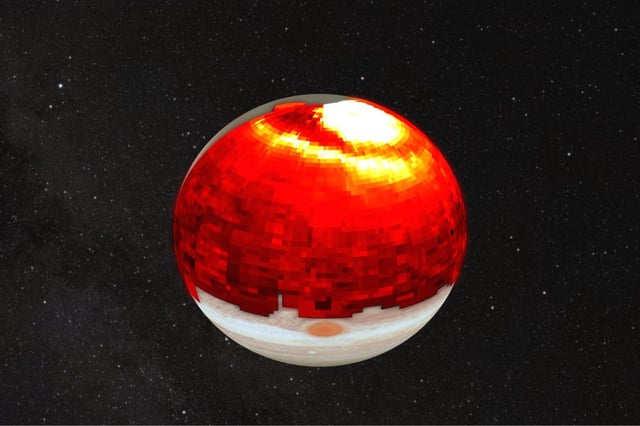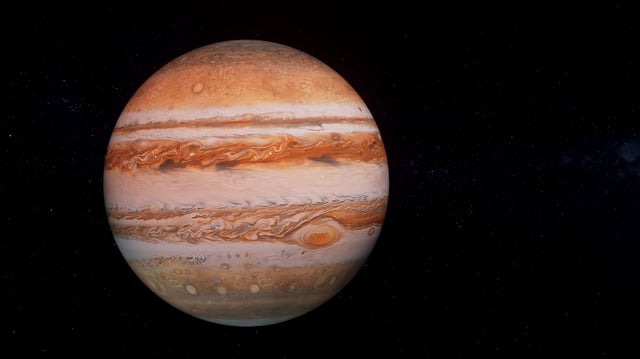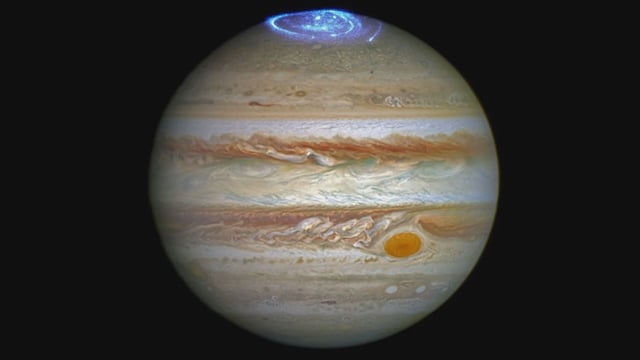Overview
- A 2017 solar wind event compressed Jupiter's magnetosphere, creating a superheated region with temperatures exceeding 500°C, far above the typical 350°C background temperature.
- The heated region, spanning half the planet's circumference and large enough to fit 11 Earths, resulted from intensified auroral activity at Jupiter's poles.
- This compression caused the upper atmosphere to expand, spilling hot gases toward the equator, challenging prior assumptions that auroral heating is confined to polar regions.
- Researchers combined data from NASA's Juno spacecraft, the Keck telescope, and solar wind models to analyze the event, marking the first documentation of such an interaction on Jupiter.
- The findings highlight Jupiter as a natural laboratory for studying solar-planet interactions, with implications for understanding exoplanetary atmospheres and improving Earth's space weather forecasting systems.


